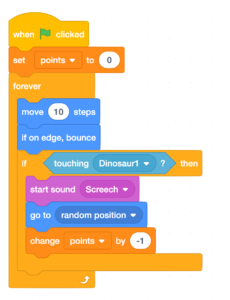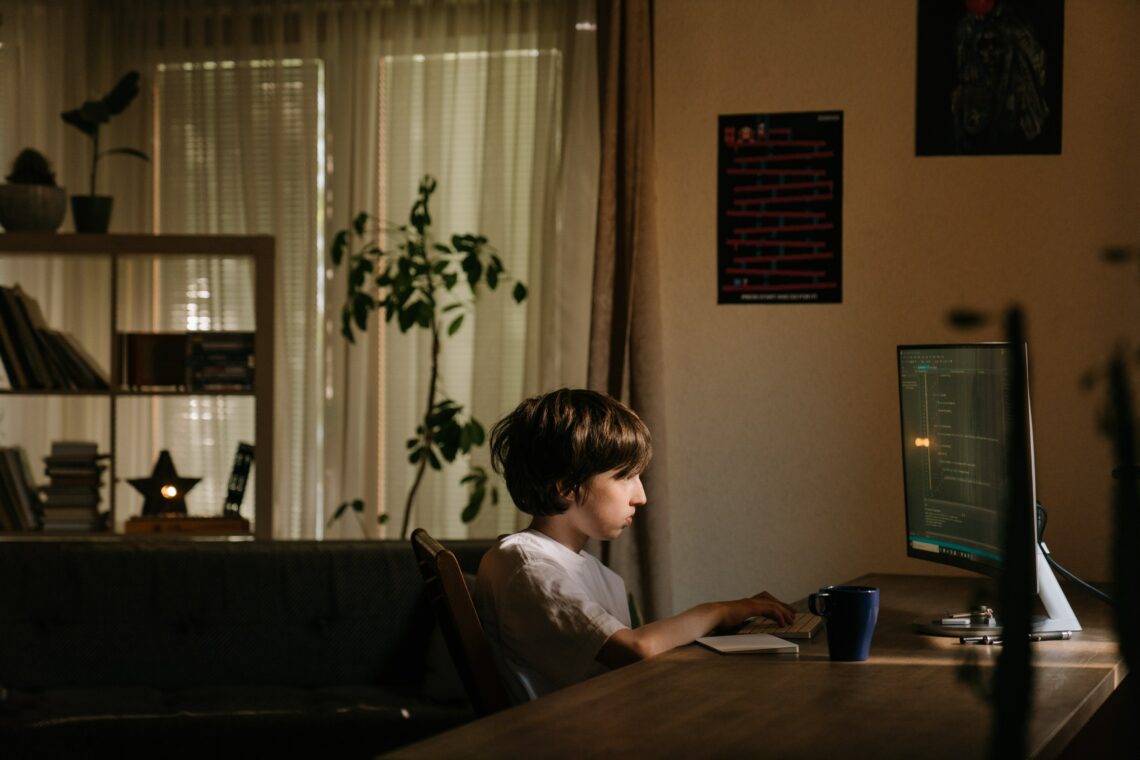This week learned about what teaching code to young students in the classroom can look like. By learning code students can develop their problem solving and computational thinking skills. The first thing that can come to mind when thinking of coding is a complex system of words and numbers that are like a foreign language. Often code is stereotyped to be for computer geniuses or hackers, but it is for everyone to learn!

“Coding is a hands-on way of teaching students how to analyze a problem, determine the steps to fix it, and then create code so a machine can carry out those steps. It’s more than working with computers – it’s an approach and a way of problem-solving.”
Mike Bernier, Former BC minister of Education
Some resources that stood out to me:
One resource for the teacher to look at is Code BC which provides a range of grade-level appropriate, cross-curriculum coding and computational thinking resources.
Scratch is a graphical programming environment from MIT. It teaches programming concepts to kids by snapping “code blocks” into place to form complete programs.
Some coding doesn’t even involve a computer. Computer Science Unplugged teaches coding concepts using games and puzzles with cards, string, crayons, and a bit of physical activity.
Hour of Code is a program that I have seen run at my high school but have not been able to try myself. This resource contains one-hour tutorials for all ages available in many different languages.





